Last week I put a poll up asking what you readers would choose when faced with the same “one bullet” decision Suzie had to make. By an overwhelming margin, most of you opted for shooting Muriel. Couple that with the previous poll’s runaway answer that you didn’t care what her reasonings were, she needed to die, and I’m beginning to get the feeling y’all don’t like her much!
I’ve mentioned before how I’m fond of my grey areas in terms of heroes and villains, but it’s true that I’ve been building up Mrs. McCarty as the big antagonist of this first storyline since we were first treated to her delicate countenance and dulcet tones at the end of Episode 2. If there’s a sin on my part here it’s maybe that she’s an “easy” villain, displaying few redeeming qualities. It’s entirely possible that the presentation is skewed so that you’re only seeing her at her worst, but let’s face it — it’s not much of an accomplishment to get people to hate her. I just hope there’s enough twisted motivation evident in her actions that she doesn’t seem driven by pure madness. Unfathomable madness can be sort of boring in a villain, as is the whole idea of “
doing it for darkness“, i.e. evil for evil’s sake.
It’s been pointed out (and perhaps not unfairly so) that Muriel and her posse come off more as caricatures than actual people. Is this a bad thing? Does every
mook in fiction need or deserve a backstory? Should the writer(s) make you value them as characters, or is it enough that you want to see them fail?
On the other end of the spectrum, how much time as a writer do you need to devote to a character before your audience wants to see them succeed? Or at least not die? I have it on record that at least one reader felt sorry when Zeke met his end, and there was a comment back towards the beginning of Episode 5 where someone hoped “the ranch hands” (which I took to mean Brett & Lacey) would survive unscathed. But I’m fully accepting of the idea that putting Brett in mortal danger is not necessarily going to get the same sort of rise out of you folks as I’d get if Suzie or Frank were in his place.
For that matter, how many of you would care about Suzie or Frank being in mortal danger? That’s a good question, and one I dearly hope at this point would be answered with at least some of you giving a damn. You don’t have to love them, necessarily, but I’d like to think at least a portion of the current hate against Muriel is related to some feeling of wanting the young miss Zane and her crew to get through this intact.
This is one of the hardest things about writing a story, and at the same time one of the most crucial things. The twists and turns of your plot, the richness of your world… all of it still hangs on the balance of your characters being people your audience feels like they can give a damn about, whether that feeling is positive or negative. Then on top of that, you want them interested in seeing your protagonist(s) win and your antagonist(s) lose, even if your intent is to horribly subvert that and let the
bad guys win. Or you might be George R. R. Martin and just play with your audience’s feelings the way a cat plays with a yarn ball, never letting them get comfortable. Dawn had to stop reading
that saga because by the third book she was feeling downright abused by the constant obliteration or undermining of everyone she had allowed herself to identify with… but now of course she’s getting to watch it all over again on television.
I digress, though, because GRRM certainly makes you care, otherwise it wouldn’t hurt so much. The death of any story is if the reader remains no more invested in it than if they were reading an iPhone tutorial, and the tricky part about this is that the only way to discover whether you succeeded is to put it out there and have them experience it. Even if you have some friends, an editor, and/or a writing club to give feedback on your work, the ultimate test still rests in tossing your tale to the mercy of total strangers and seeing if your carefully baited lines reel ’em in.
So in that sense, I’m quite gratified that Muriel McCarty seems to have struck a chord (or discord, if you will). I like my grey areas, but then even a series as grey as
Song of Ice and Fire/Game of Thrones has a place for its “Joffreys”, right?
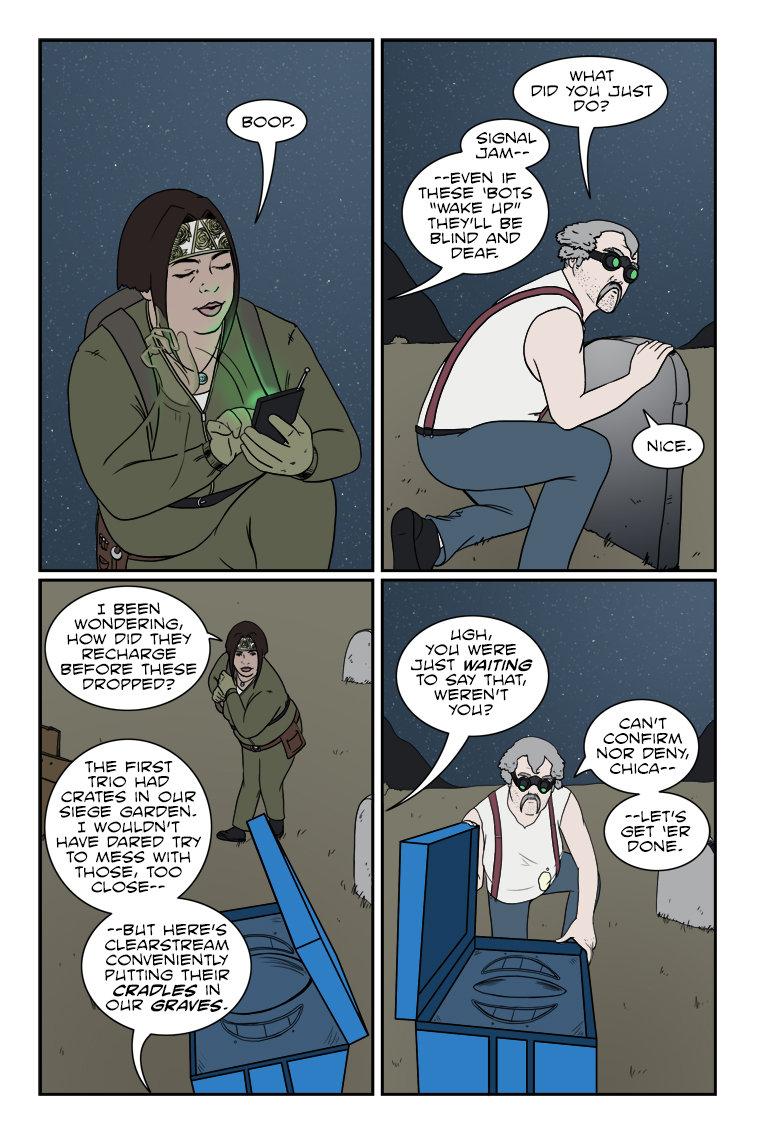
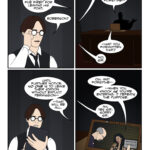
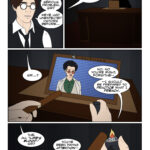
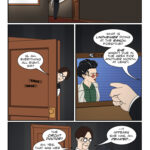
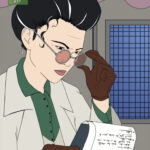
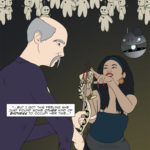
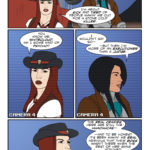
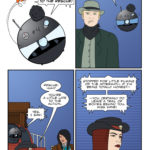
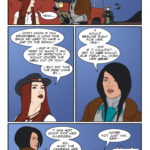
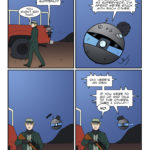
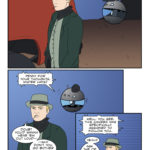
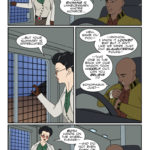
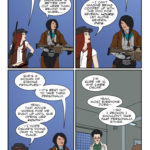
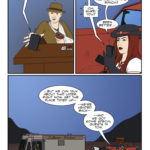
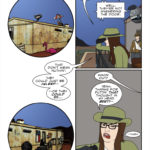
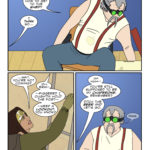
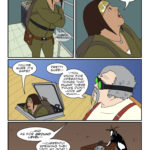
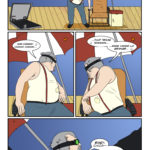
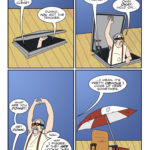
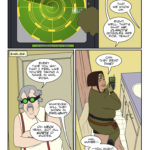
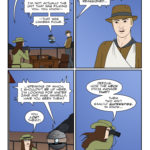








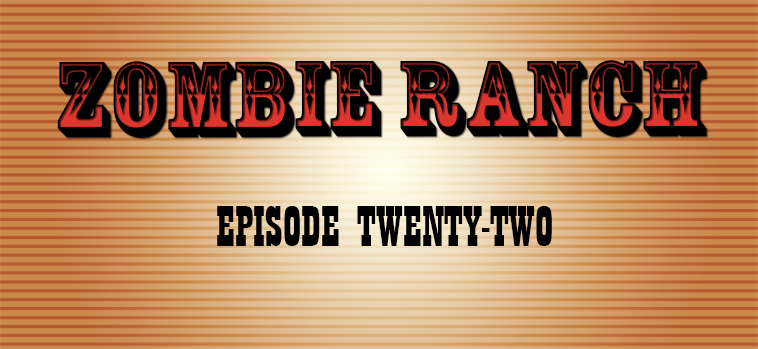
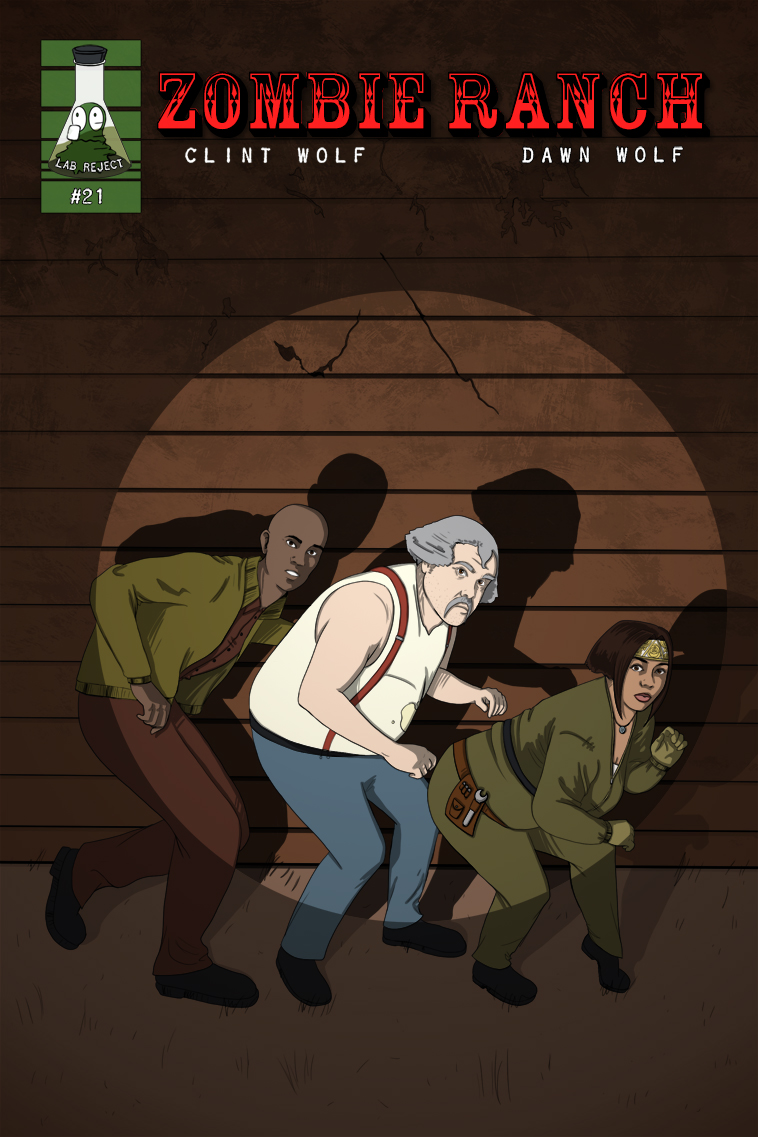
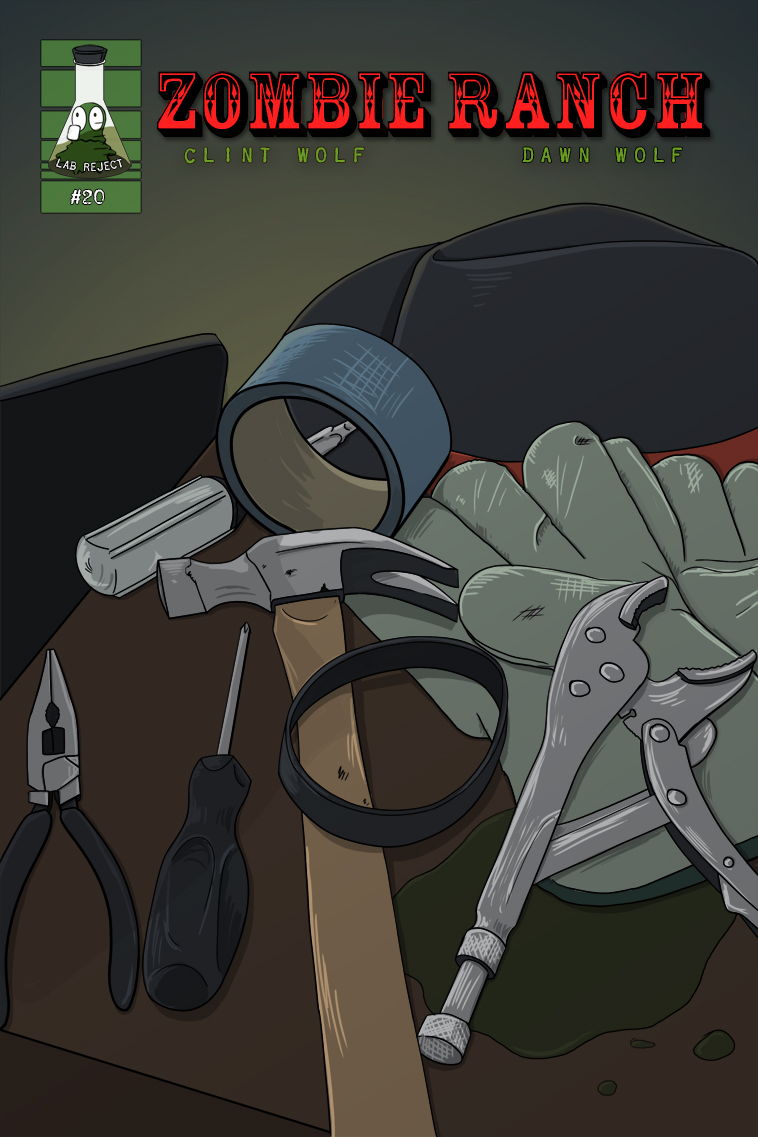
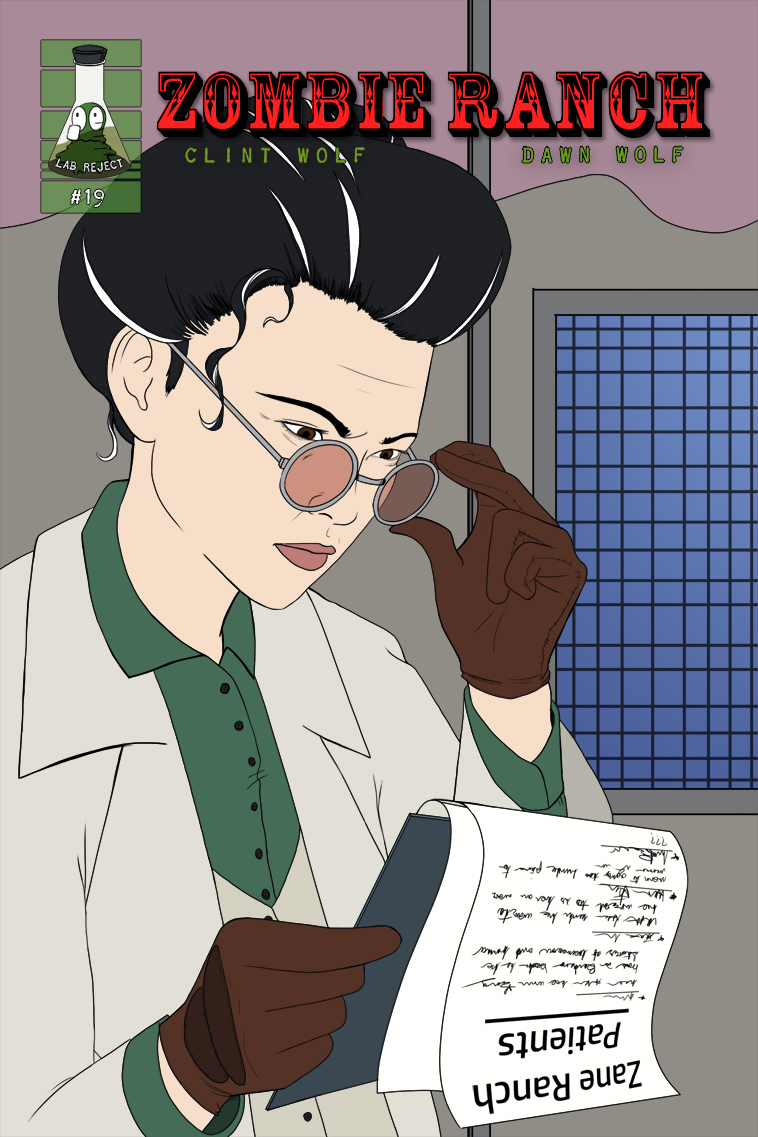
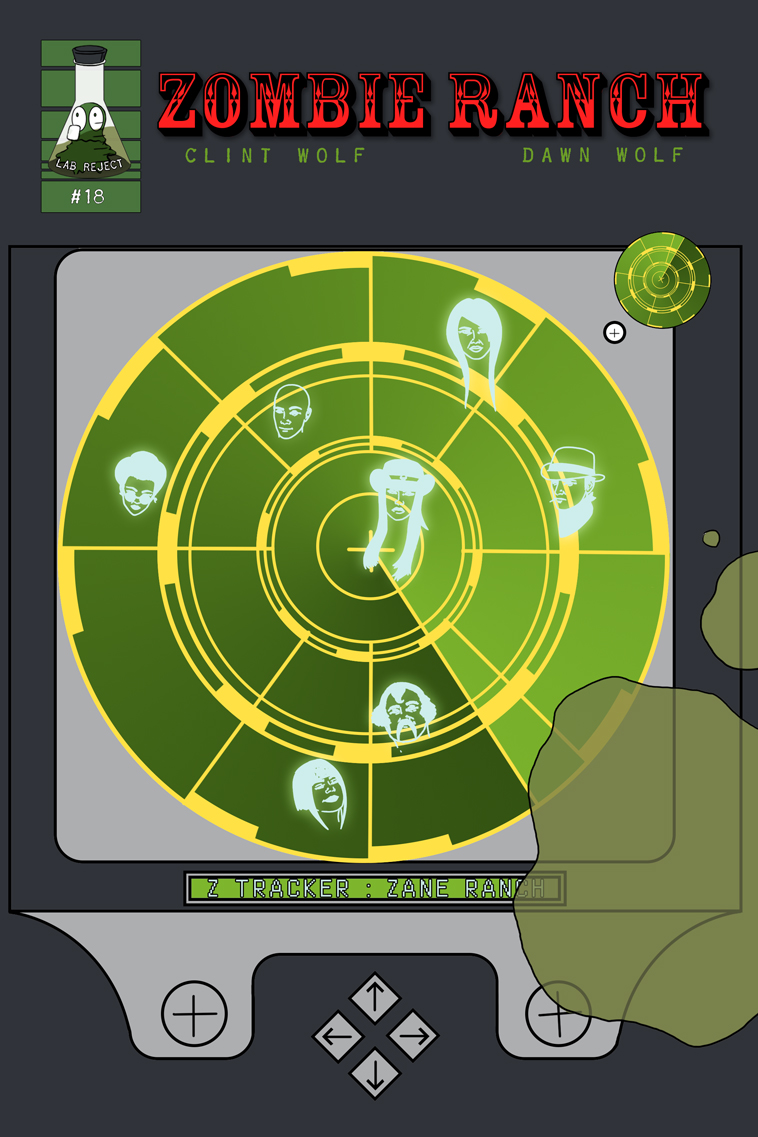
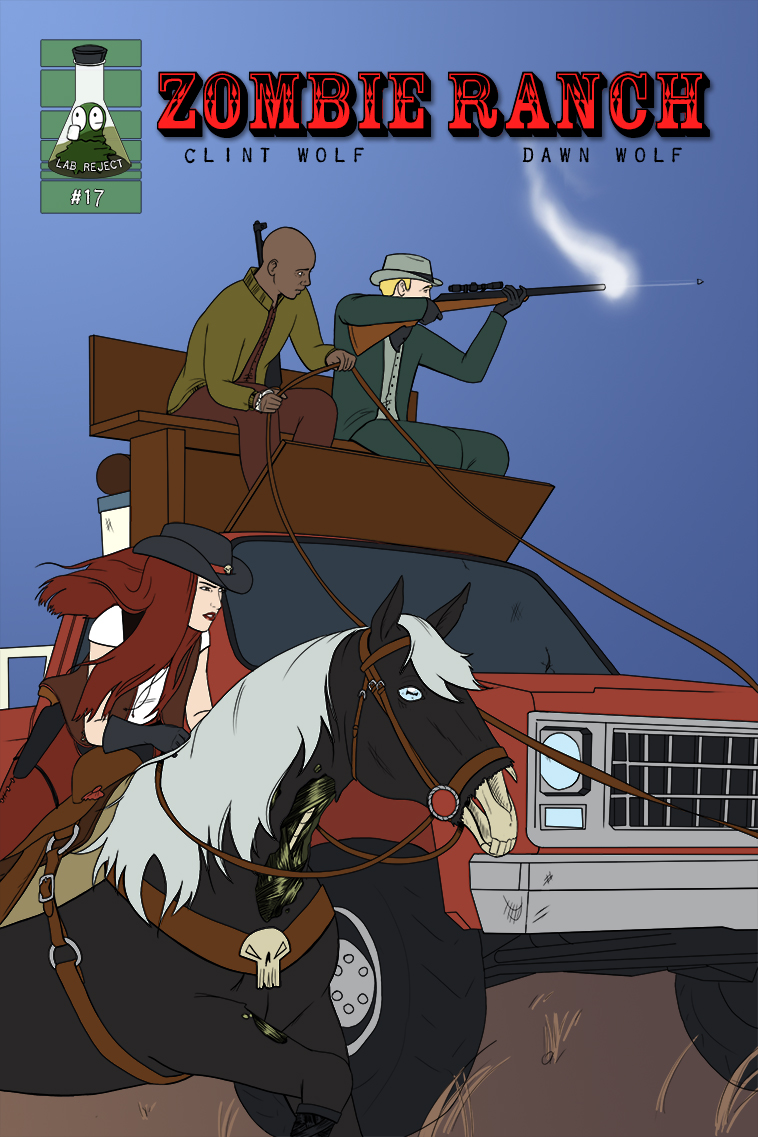
2 thoughts on “543 – Cradles And Graves”
Keith
Oh lordy, they really are a great couple…though, I suggest adopting.
Anonymous
Consequences be damned, because doing nothing might be worse.